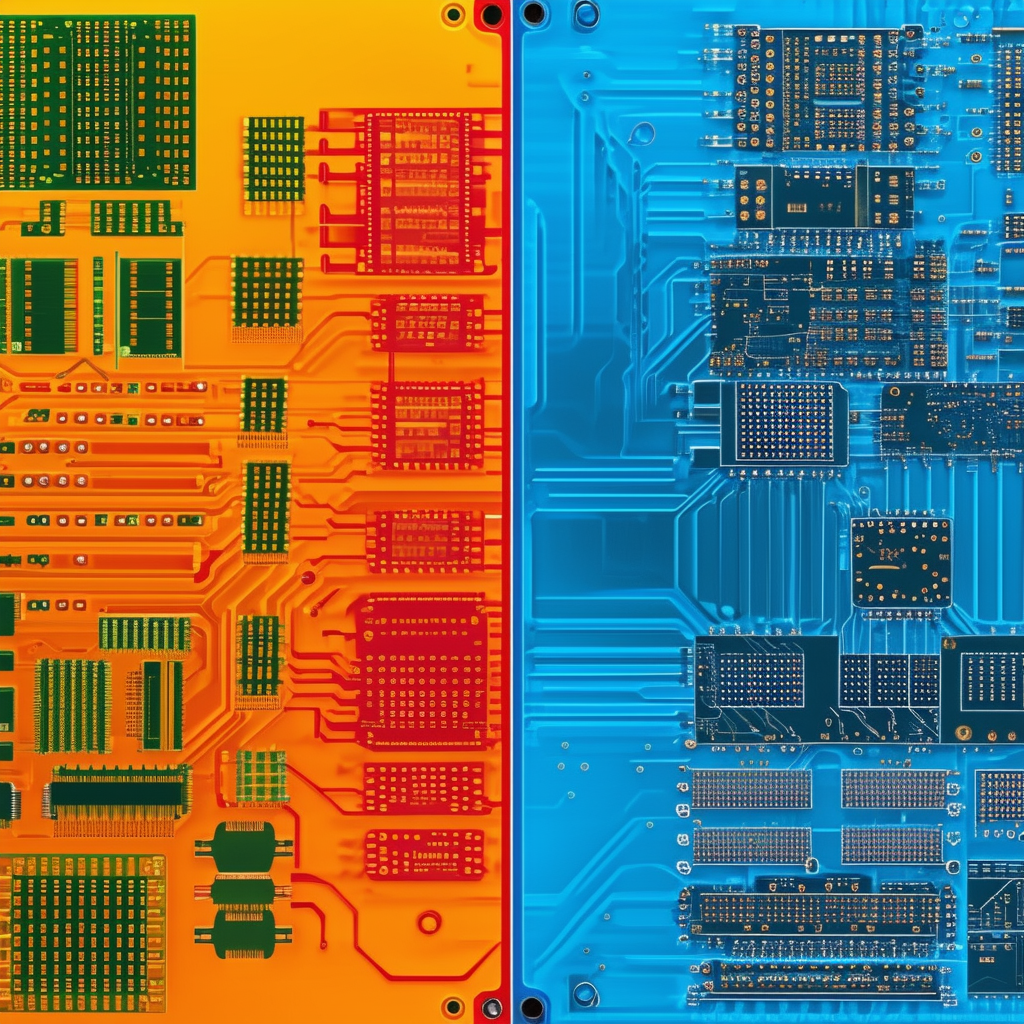

Discover the essential differences between Flex and Rigid Flex PCBs to make an informed decision for your next project.
Understanding Flex PCBs: What Makes Them Unique?
Flex PCBs, or flexible printed circuit boards, are designed to conform to specific shapes and bends, making them ideal for applications where space is at a premium or where the design requires a non-linear layout. These circuits are made from flexible materials such as polyimide or polyester, which allow them to be folded, twisted, or shaped without damaging the circuitry.
The unique properties of flex PCBs make them particularly suited for compact electronic devices, where traditional rigid PCBs would be too bulky or impractical. Their lightweight nature and ability to withstand mechanical stress also contribute to their popularity in industries like consumer electronics, medical devices, and aerospace.
The Versatility and Strength of Rigid Flex PCBs
Rigid Flex PCBs combine the best of both worlds, offering the flexibility of flex PCBs with the structural stability of rigid PCBs. These hybrid circuits consist of multiple layers of flexible substrate integrated with rigid sections, providing both the durability and the design flexibility needed for complex applications.
Rigid Flex PCBs excel in applications where a combination of flexibility and robustness is required. They are especially valuable in high-stress environments, such as automotive and military applications, where they must endure harsh conditions while retaining reliable performance.
Key Factors to Consider When Choosing Between Flex and Rigid Flex PCBs
When deciding between flex and rigid flex PCBs, several factors should be considered. The first is the specific requirements of your application. If your design demands a high degree of flexibility and space-saving, a flex PCB might be more suitable. Conversely, if your project requires a mix of flexible and rigid sections for added durability and structural integrity, a rigid flex PCB could be the better choice.
Other considerations include cost, manufacturing complexity, and the environmental conditions the PCB will be subjected to. Flex PCBs are generally less expensive to produce but may not offer the same level of robustness as rigid flex PCBs. Additionally, the manufacturing process for rigid flex PCBs is more complex, which can affect lead times and overall project timelines.
Applications and Industries Benefiting from Flex and Rigid Flex PCBs
Flex and rigid flex PCBs are used across a wide range of industries due to their unique properties. Consumer electronics, such as smartphones and wearables, benefit from the compact and flexible design of flex PCBs. Medical devices, which often require miniaturized and flexible components, also leverage flex PCB technology.
On the other hand, rigid flex PCBs are prevalent in more demanding applications like aerospace, military, and automotive industries. These sectors require components that can withstand extreme conditions while maintaining high performance. Rigid flex PCBs provide the necessary durability and reliability for such critical applications.
Future Trends in Flex and Rigid Flex PCB Technology
The future of flex and rigid flex PCB technology is bright, with ongoing advancements promising even greater capabilities. Innovations in materials science are leading to more durable and resilient flexible substrates, enhancing the performance and longevity of flex PCBs.
Additionally, the integration of advanced manufacturing techniques, such as additive manufacturing and 3D printing, is paving the way for more complex and customized PCB designs. As the demand for smaller, more efficient electronic devices continues to grow, the role of flex and rigid flex PCBs will only become more significant, driving further technological breakthroughs in the field.